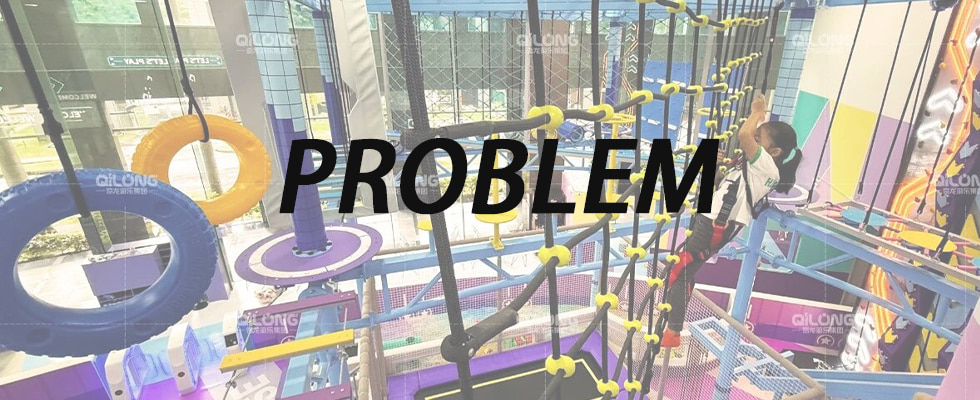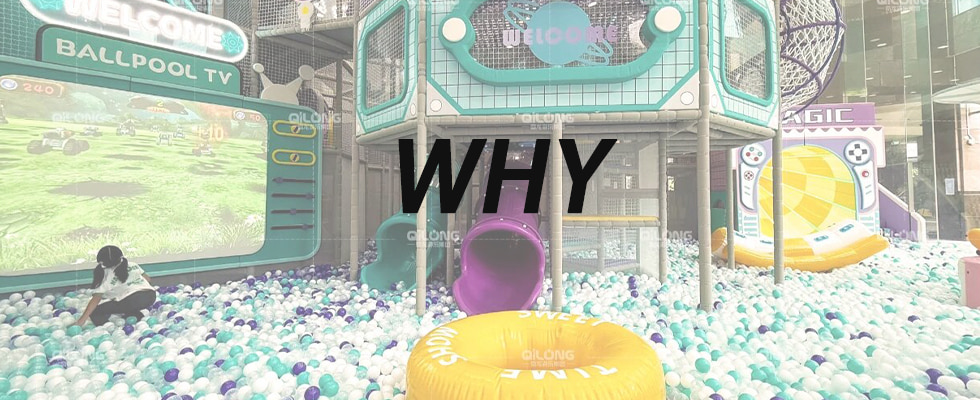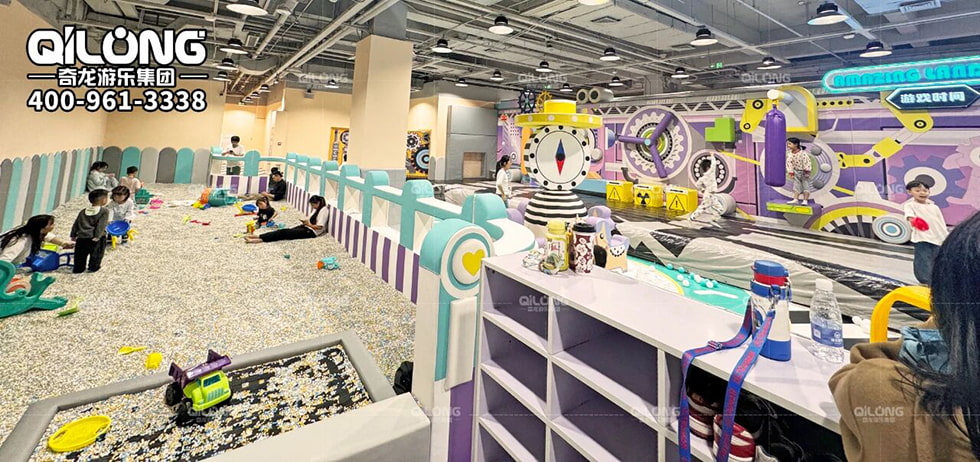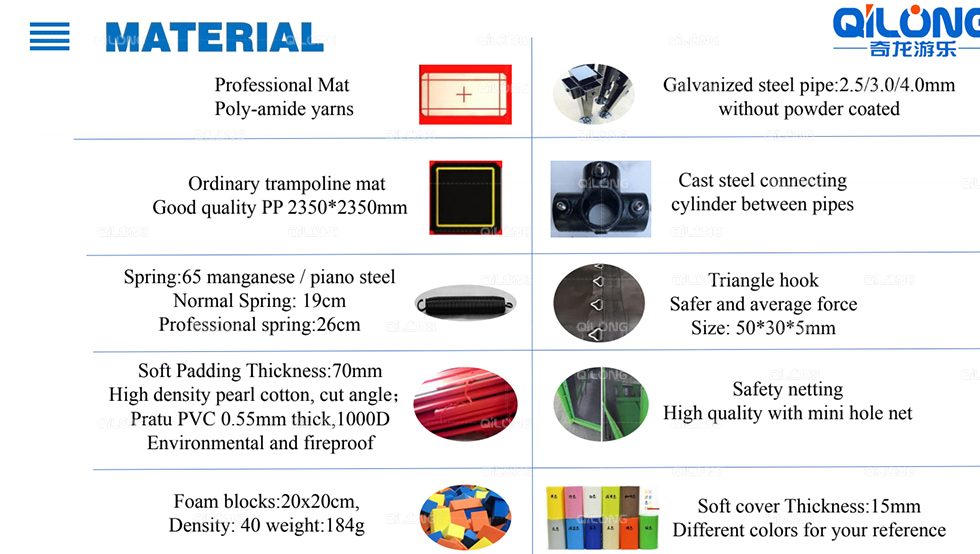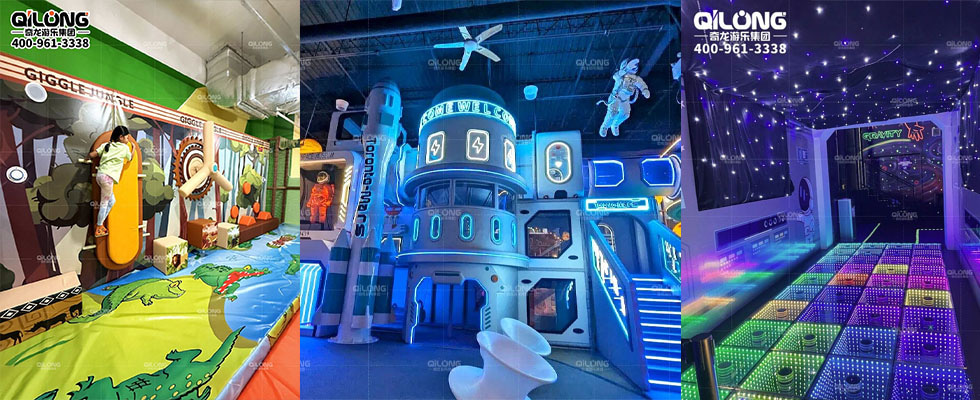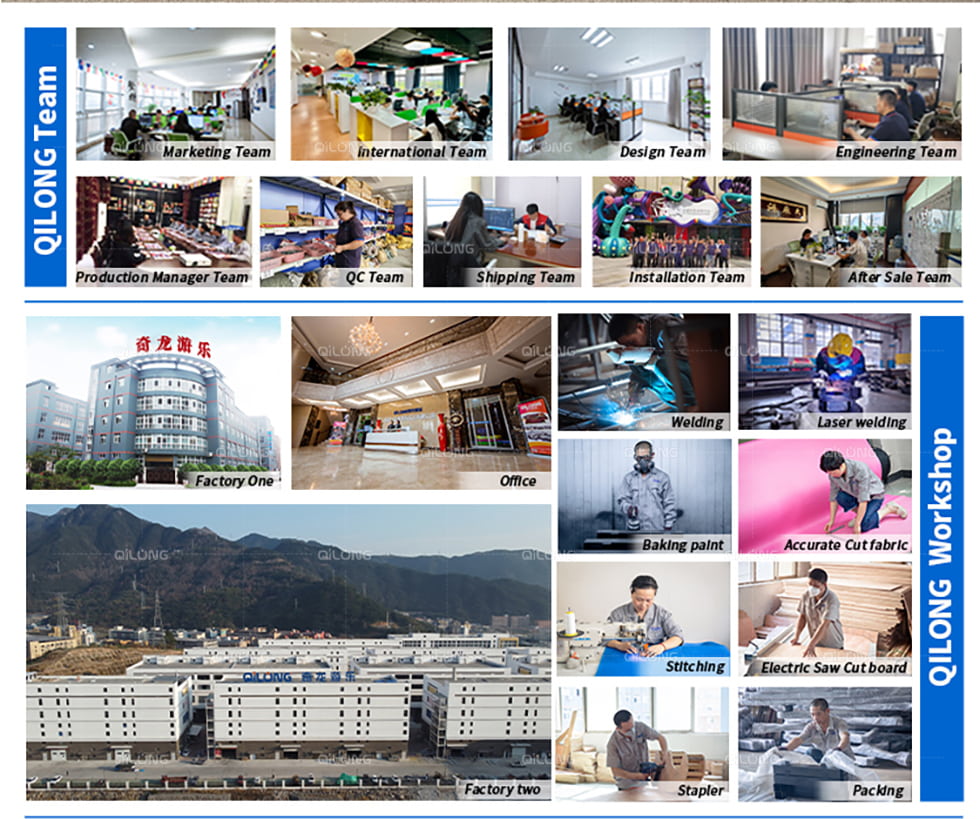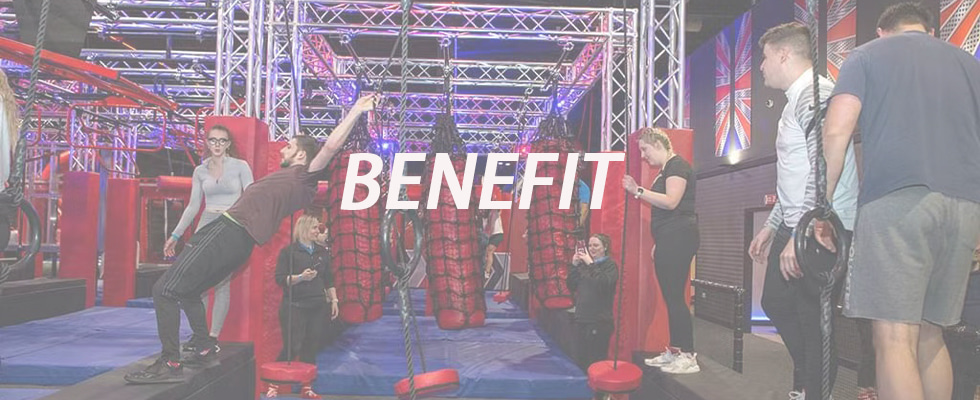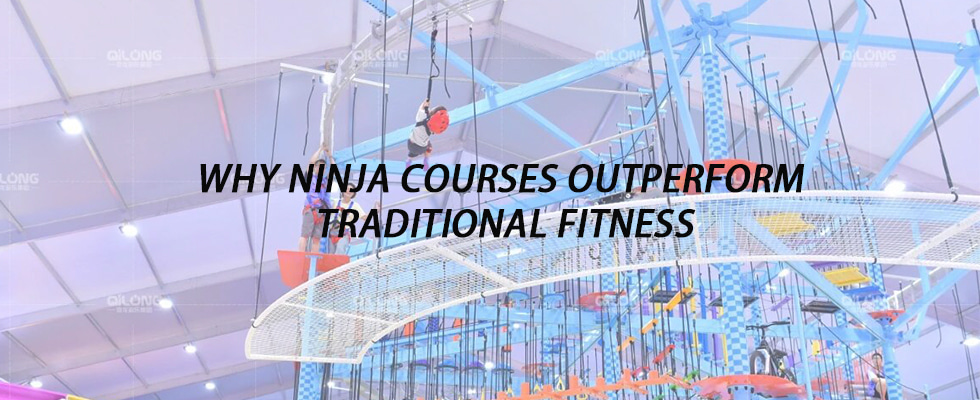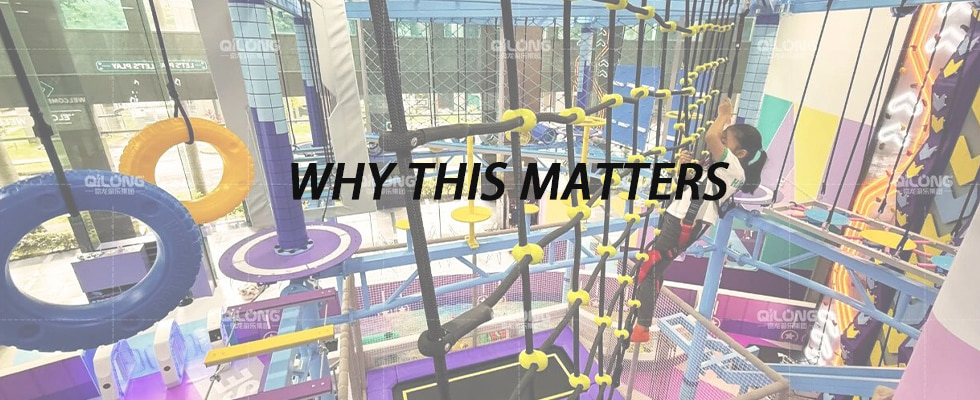If you want a Table Tennis Table that works for you, you can check brands like Cornilleau, STIGA Sports, JOOLA, Killerspin, Double Happiness, and Donic Schildkrot. Many players think choosing the right table helps you have more fun and get better faster. When your table fits your room and skill, you get good feedback and real play. This makes practice fun and makes you want to play again.
Best Table Tennis Table Brands Ranked
Top Brands for Home Use
When you look for a table tennis table for your home, you want something easy to use, fun, and sturdy. Some brands stand out because they make tables that fit well in living rooms, basements, or garages. Here are the top picks for home use:
|
Brand |
Why You’ll Like It |
|---|---|
|
JOOLA |
Offers great value and quality. You can use it for both casual and serious games. |
|
STIGA |
Makes tables that are fun and affordable. Perfect for families and beginners. |
|
Butterfly |
Gives you a pro feel at home. The bounce stays true, even after lots of play. |
|
KETTLER Games |
Great for outdoor use. These tables handle weather and rough play. |
|
RS Barcelona |
Looks stylish and works well in modern homes. |
You can move most of these tables easily. Many fold up for solo practice or storage. The surface quality and stability help you enjoy every match.
Leading Brands for Competition
If you want a table tennis table for tournaments or club play, you need one that meets strict standards. The best brands for competition focus on size, bounce, and durability. Here are the top choices:
|
Brand |
What Makes It Great for Competition |
|---|---|
|
Butterfly |
Used in many world events. The surface gives a perfect, even bounce. |
|
DHS |
Trusted by pros. Meets all tournament rules and feels solid. |
|
JOOLA |
Popular in clubs. The tables are sturdy and easy to set up. |
|
Nittaku |
Known for high-quality finish and long-lasting frames. |
|
Double Fish |
Used in big tournaments. The tables stay stable during fast games. |
These brands make sure every table tennis table matches the official size and height. You get a smooth, matte finish and strong frames that last for years.
Best Overall Ping Pong Table Brands
Some brands shine in both home and competition settings. They offer tables that work for all skill levels and spaces. If you want the best overall ping pong table, check out these names:
-
JOOLA: The Tour 2500 model is sturdy, affordable, and fits both home and club needs.
-
Cornilleau: The 700X Outdoor table is foldable, portable, and stands up to any weather.
Tip: When you choose a table tennis table, look for stability, surface quality, and easy storage. These features make your games more fun and your table last longer.
Why These Table Tennis Brands Stand Out
Reputation and Popularity
The best table tennis table brands are well-known. People trust these brands all over the world. You can see their tables at big tournaments and the Olympics. Many top brands work with famous players and sponsor big events. This makes you feel good about picking their tables.
|
Evidence Type |
Description |
|---|---|
|
Brand Reputation and Endorsements |
Top brands use famous athletes and sponsor events. This shows their tables are used by champions. |
You want a table that has done well for others. These brands have lots of experience and good reviews. They sell tables in many countries and help customers after buying.
Performance and Quality
You want a table that works well every time you play. Top brands care about making good tables. They use strong parts and new technology to make sure each table is great. Their tables last a long time, even if you play a lot.
-
The tables are strong and made with care.
-
Brands check every table for bounce, safety, and strength.
-
Many tables are good enough for the Olympics, so you get a pro feel.
-
Safety rules and awards make you feel safe.
-
Good tables help you get better and have more fun.
You will see the difference in things like smooth tops and strong legs. These things help you play well, no matter your skill.
Innovation and Features
You want a table that does more than just let you play. The best brands add cool features and new ideas to their tables. Some tables have sensors or smart scoreboards. Others use earth-friendly parts or let you pick your own design.
-
Brands spend money to make new features for their tables.
-
You can choose a table that fits your room and style.
-
Some brands care about the planet and use green materials.
Note: Pick a table tennis table from a brand that mixes quality, good play, and new ideas. This way, your table will fit your needs and last a long time.
Table Tennis Table Evaluation Criteria
Durability and Build Quality
When you pick a ping pong table, you want it to last. You should check how strong the frame feels. Some tables use thick steel legs, while others use wood or aluminum. If you play a lot, you need a table with high durability. Look for tables with a sturdy surface that does not chip or warp. You can test durability by pressing on the table and checking if it wobbles. Tables with good build quality stay steady during fast games. You will notice that top brands talk about durability in their product details. If you want your table to last for years, focus on this feature.
Price and Value
You probably want a table that fits your budget. Some tables cost less but still give you good play. Others cost more because they use better materials or have extra features. You should compare prices and see what you get for your money. A table with high durability might cost more at first, but it saves you money over time. Here’s a quick tip:
Tip: Always check if the table comes with paddles, balls, or a net. Sometimes, these extras add value.
Features and Technology
Modern ping pong tables come with cool features. You might see tables with wheels for easy moving. Some have fold-up sides for solo practice. Others use special coatings to keep the bounce even. You can find tables with built-in scoreboards or weatherproof surfaces. If you want more fun, look for tables with smart technology. These features make your games better and help your table last longer.
|
Feature |
Why It Matters |
|---|---|
|
Foldable Design |
Easy to store and move |
|
Weatherproof Top |
Good for outdoor use |
|
Adjustable Legs |
Keeps table level |
|
Smart Scoreboard |
Tracks your games automatically |
User Level Suitability
You should think about who will use the table. Beginners need tables that are easy to set up and play on. Advanced players want tables with high durability and true bounce. If you play with family, pick a table that works for all ages. Clubs and schools need tables that handle lots of games. Always match the table to your skill level and space.
Reviews of Top Ping Pong Table Brands
Butterfly Table Tennis Tables
Butterfly tables show up at lots of tournaments. They use strong materials and steel frames. The surface gives a sharp bounce every time. You can fold these tables and store them easily. The table top does not shine under lights, so your eyes feel fine. Many Butterfly tables get approval from the International Table Tennis Federation. If you want a table for serious games, Butterfly is a great pick.
|
Strengths |
Weaknesses |
|---|---|
|
High quality |
Some models fit only certain needs |
|
Durable |
|
|
Great performance |
|
|
ITTF approved |
|
|
Easy to fold and store |
|
|
Heavy steel frame |
|
|
Consistent ball bounce |
|
|
No glare from lights |
|
|
Well-known brand with tournament sponsors |
|
Stiga Ping Pong Tables
Stiga tables use strong materials and thick tops. You get a true bounce every time you play. These tables last for years and work at home or clubs. Stiga tables meet tournament rules and get ITTF approval. You can use them for family fun or serious matches. Stiga has many foldable table choices.
|
Feature |
Description |
|---|---|
|
Build Quality |
Strong build meets tournament rules. |
|
Playability |
True bounce and quick surface. |
|
Tabletop Thickness |
Tops are 20–30mm thick for best play. |
|
Durability |
Made to last, good for serious players. |
|
ITTF Approval |
Approved by the International Table Tennis Federation. |
|
Target Users |
Good for homes, clubs, and competitions. |
Joola Table Tennis Tables
Joola tables are solid and have a reliable surface. You get a steady bounce that helps you get better. The Joola Tour 2500 is simple to set up. It works for both casual and serious players. Joola has many tables for different budgets. These tables are tough like Butterfly and good for outdoor play like KETTLER.
Killerspin Ping Pong Tables
Killerspin tables look cool and feel strong. The surface is smooth and the frame is sturdy. These tables are good for homes and small contests. If you want a table that matches your room, Killerspin has many styles. Some tables have smart features and are easy to store.
Nittaku Table Tennis Tables
Nittaku tables use strong materials and careful work. The surface is smooth and gives a true bounce. Nittaku tables fit homes and pro places. If you want a table that lasts, Nittaku is a smart choice.
|
Evidence Type |
Description |
|---|---|
|
Brand Reputation |
Famous Japanese brand known for quality. |
|
Craftsmanship |
Made with care for top performance. |
|
Suitability |
Good for pros and homes because they last. |
DHS Table Tennis Tables
DHS tables are popular in clubs and tournaments. The surface and frame are strong. These tables meet official rules and last a long time. If you want a table for contests, DHS is a good pick.
Double Fish Table Tennis Tables
Double Fish tables have a steady surface and strong build. You see them at big events. They work well for fast games and lots of use. If you want a budget table for clubs or schools, Double Fish is a smart choice.
Tip: Always check the table’s surface and frame before you buy. The best tables use strong materials and give you a fun game.
Table Tennis Table Comparison Chart
Key Features Compared
When you compare table tennis tables, you want to look at the features that matter most. You can check the material, frame strength, portability, net system, and size. These things help you pick a table that fits your space and style.
|
Feature |
What to Look For |
|---|---|
|
Material |
Steel frames feel sturdy. Aluminum frames are lighter and resist rust. |
|
Frame Strength |
Strong frames stop wobbling and last longer. |
|
Portability |
Foldable tables with wheels move easily and store fast. |
|
Net System |
Clamp-on nets set up quickly. Screw-on nets stay tight for tough games. |
|
Size |
Regulation tables measure 9x5 feet. Smaller tables fit tight spaces. |
|
Budget |
Prices change with brand, thickness, and extras. Find what works for you. |
Tip: If you want to move your table often, pick one with wheels and a foldable design.
Price Range Overview
You see a big range in prices for ping pong tables. Entry-level tables cost less and work well for casual play. Premium tables cost more and give you pro features.
|
Model Name |
Price |
Type |
|---|---|---|
|
Cornilleau Campus Outdoor |
$2,199.99 |
Premium |
|
Stiga Premium Compact |
$1,995.00 |
Premium |
|
Stiga Expert Roller |
$1,395.00 |
Premium |
|
Stiga Optimum 30 |
$1,495.00 |
Premium |
|
Pro Indoor 15 |
$3,299.99 |
Premium |
|
Outdoor 4 |
$1,099.99 |
Entry-level |
|
Waldner Classic 25 |
$1,295.00 |
Entry-level |
|
Waldner Premium 30 |
$1,445.00 |
Premium |
You can find a good table for your budget. If you play a lot, a premium table might be worth it.
Best-Use Cases
Different brands work best for different places and players. You want a table that matches your needs.
|
Brand |
Best Use |
|---|---|
|
Cornilleau |
Family Recreation |
|
California House |
Family Recreation |
|
Presidential |
Club Play |
|
R&R |
Professional Tournaments |
-
Cornilleau tables fit family rooms and outdoor spaces.
-
Presidential tables work well in clubs.
-
R&R tables shine at big tournaments.
Note: Think about where you will use your table and who will play. This helps you choose the right brand and model.
Buying Guide for Best Ping Pong Tables
For Beginners
If you are new to table tennis, picking the right table can make learning easier. You want a table that gives a good bounce and feels sturdy. Look for a table-top thickness of at least 19mm. This helps you get a consistent bounce every time you play. Lighter tables with wheels are easy to move and set up. A strong frame keeps your table steady, even if you play hard. You should also think about where you will use your table. If you want to play outside, choose an outdoor ping pong table with a durable surface. Here are some brands you can trust: JOOLA, Butterfly, Stiga, and Cornilleau.
|
Factor |
Description |
|---|---|
|
Table-Top Thickness |
At least 19mm for beginners |
|
Weight |
Lighter tables are easier to move |
|
Frame Strength |
Sturdy frames last longer |
|
Indoor vs Outdoor |
Outdoor tables cost more but last longer outside |
Tip: Try to find a table that fits your space and is easy to store.
For Advanced Players
If you play often or compete, you need a table with a thicker top and a strong frame. Advanced players should look for a table-top thickness of 25mm. This gives you the best bounce and helps you improve your skills. Heavy tables with more connecting parts are the most durable ping pong table options. Brands like Butterfly, DHS, and Nittaku make tables for serious players. You might want an indoor ping pong table for smooth play or an outdoor ping pong table for tough weather.
Indoor vs Outdoor Tables
Choosing between an indoor ping pong table and an outdoor ping pong table depends on where you want to play. Indoor tables use MDF or high-quality particleboard. They give a smooth bounce but need a dry, stable room. Outdoor tables use weatherproof laminate, aluminum, or tough composites. These tables stand up to sun, rain, and temperature changes. If you want the best outdoor ping pong table, look for brands like Cornilleau or KETTLER.
|
Feature |
Indoor Tables |
Outdoor Tables |
|---|---|---|
|
Materials |
MDF or particleboard |
Weatherproof laminate, aluminum, composites |
|
Durability |
Sensitive to humidity |
Built for sun, rain, and heat |
|
Brand Offerings |
Many brands for smooth play |
Special brands for durability |
Note: Outdoor tables cost more but last longer outside. Indoor tables give better bounce for serious play.
Budget vs Premium Options
You can find tables for every budget. Entry-level tables work well for families and beginners. They cost less and are easy to move. Premium tables cost more but offer a thicker top, stronger frame, and extra features. If you play a lot, a premium table is worth the price. Always check if the table comes with paddles, balls, or a net. These extras add value and save you money.
-
Budget tables: Good for casual play and small spaces.
-
Premium tables: Best for clubs, competitions, and advanced players.
Tip: Pick a table that matches your skill level and space. You will enjoy your games more and your table will last longer.
You now know the top table tennis table brands for every need. Butterfly and DHS work best for serious competition. JOOLA and Stiga fit well in homes and clubs. Cornilleau shines outdoors. Think about your space, how much you want to spend, and who will play. Always check for strong frames and good bounce. Want more tips? Check out brand websites or visit a local sports store to see tables in person!
FAQ
What size is a standard table tennis table?
A standard table tennis table measures 9 feet long and 5 feet wide. You need this size for official games. If you want to play real table tennis at home, try to get a table with these measurements.
Can I use a table tennis table outdoors?
Yes, you can use a table tennis table outdoors. Make sure you pick a table tennis table made for outdoor use. Outdoor tables handle sun and rain better. Indoor tables may get damaged if you leave them outside.
How do I clean and care for my table tennis table?
You should wipe your table tennis table with a soft, damp cloth. Avoid harsh cleaners. Keep your table tennis table dry and covered when not in use. This helps your table tennis table last longer and keeps the surface smooth for better play.
What is the best way to store a table tennis table?
Fold your table tennis table and store it in a dry place. Many table tennis tables have wheels, so you can move them easily. If you keep your table tennis table indoors, it will stay in good shape for many years.














